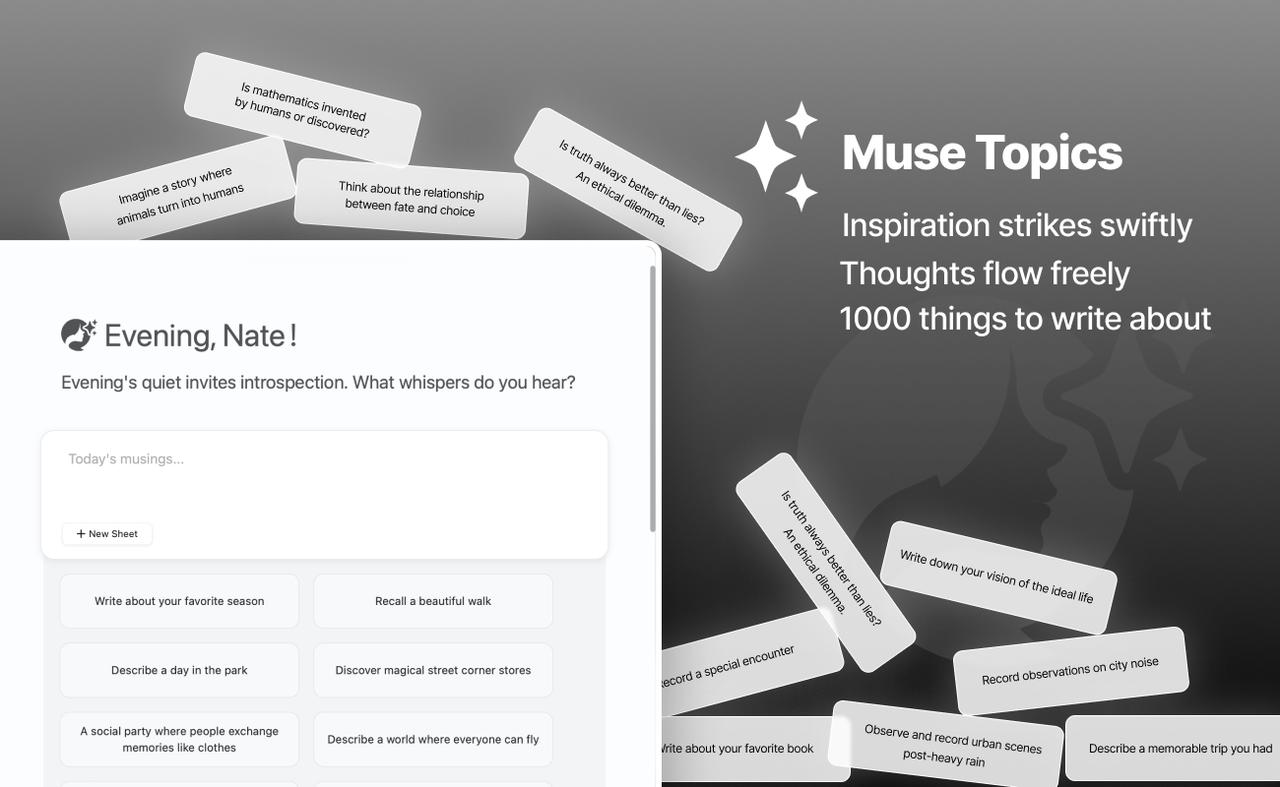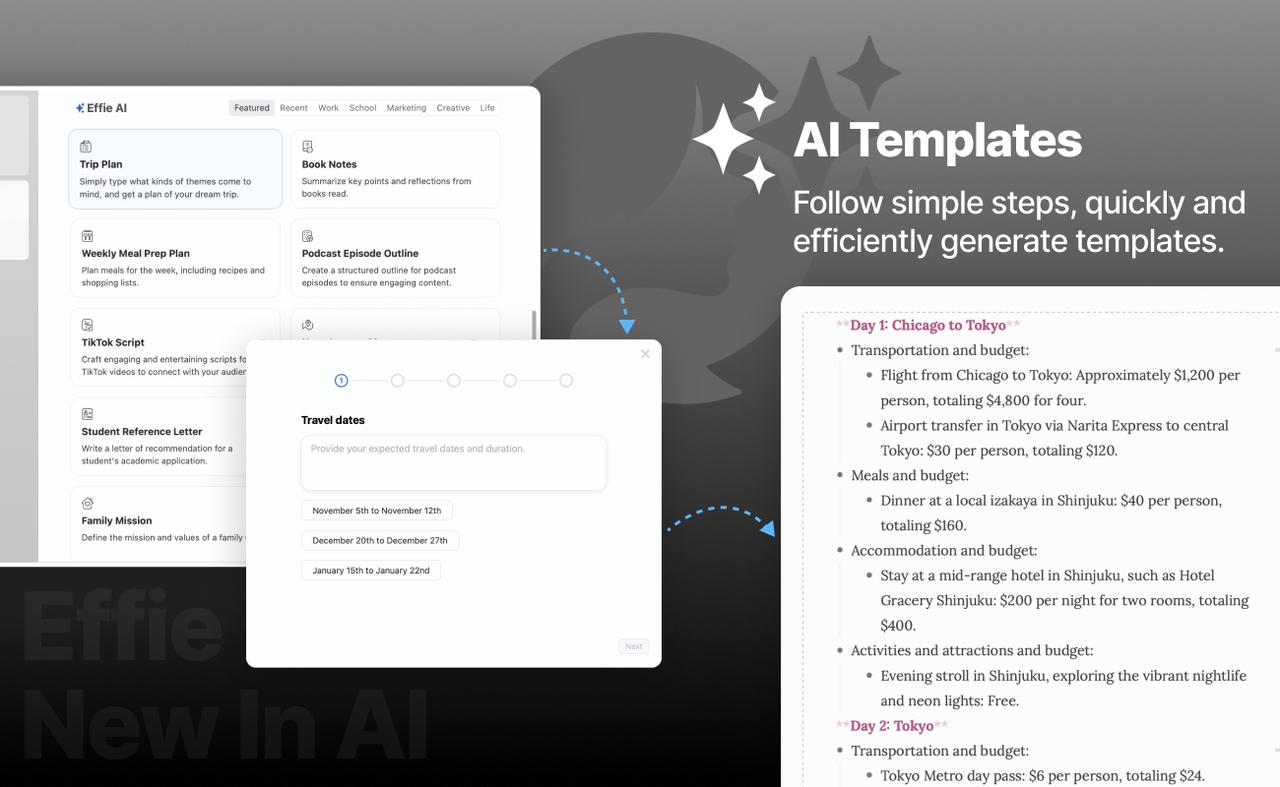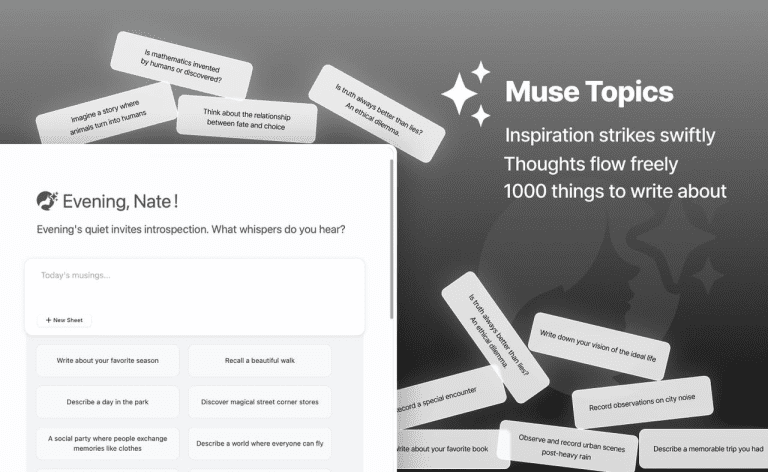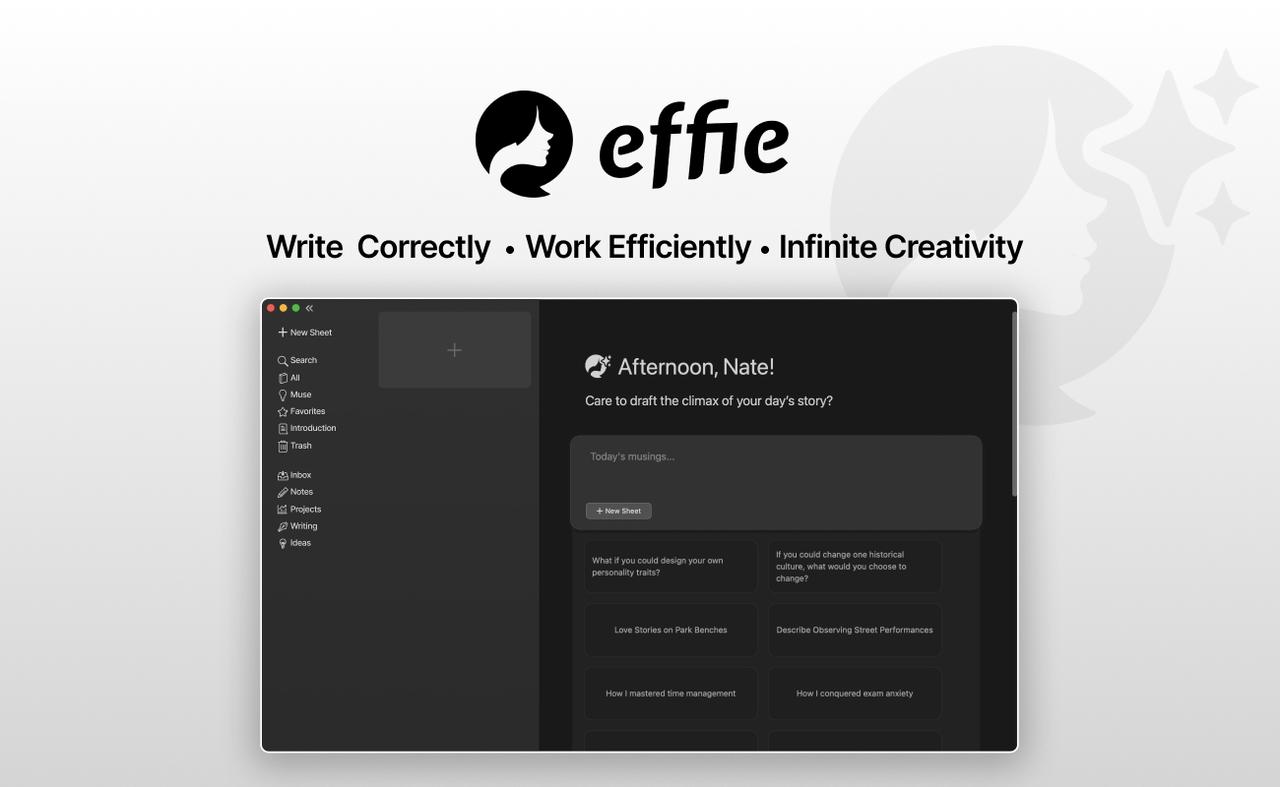How to Brainstorm a Story: Spark Your Creativity
I love creating stories. It’s exciting to see a tiny idea grow into a full tale. But sometimes, getting started feels tough, like facing an empty page. That’s when brainstorming helps – it can fire up your imagination and lead to fresh story ideas.

We’ll cover finding your main idea, gathering related ideas, and using visuals and multimedia. We’ll also talk about refining your ideas and organizing them into themes. By the end, you’ll have a solid base to start your story with depth and magic.
Key Takeaways
- Today’s writers often turn to digital helpers for brainstorming. Tools like Effie can make generating ideas very easy, making it easier to find all those interesting thoughts and possibilities.
- Jot down every idea that pops into your head, good or bad, the goal is to gather lots of different thoughts and possibilities.
- Adding visuals, audio, and other multimedia can make your ideas clearer and more inspiring.
- Working with a writing partner or critique group can give you feedback and new ideas.
- Organizing your ideas into themes and story elements helps structure your story and add depth.
Start With Your Central Idea
Creating a compelling story starts with finding its core idea. This idea is the base of your story. Think about what first sparked your interest – what theme or concept do you want to explore? Effie offers story ideation techniques to help you identify and refine your central idea, guiding you through the ideation process.

What’s the central concept or premise for your story?
Begin with a rough sketch of your main concept. Write a few lines about your story’s core. Don’t sweat the details – just grab the heart of your idea and put it on paper. This will guide you as you brainstorm and shape your story’s structure.
Capture your initial idea in a brief sentence or two
For instance, your central idea might be: “A young, orphaned wizard finds hidden magical powers and must face a dark force.” Or: “A family bakery is saved by a mysterious stranger with a unique request.” Clearly stating your idea helps you build a strong foundation for your story.
Remember, your first idea is just the start. As you brainstorm more, your idea might change. Stay open to new ideas and let your creativity flow. With a solid idea, you can start to flesh out your story’s world and characters.
Gather as Many Related Ideas as Possible
Start brainstorming your story by adding related ideas to your main concept. Think about characters, settings, or plot points. Don’t worry about judging your ideas yet. Just fill your board with as many thoughts as you can. Effie’s AI assistant generates plot development strategies and character creation methods, helping you flesh out your ideas more effectively.
See how Effie transforms your note-taking experience. Try Effie for free today.

Setting a timer for 5 minutes can help. It adds a sense of urgency and stops overthinking.
Explore Different Parts of Your Story
Start with your story’s characters. Think about their personalities, what drives them, and how they relate to each other. What makes them stand out? How do they move the story forward?
Then, consider the settings in your story. Where does the action happen? What details can make these places come alive? Think about sensory experiences, historical events, and how characters interact with their surroundings.
Lastly, brainstorm plot points and story arcs. What exciting events or twists could happen? How can you create conflict and tension? Try “wouldn’t it be cool if…” scenarios to spark new ideas.
At this stage, focus on quantity, not quality. Let your creativity soar. You can refine your ideas later.
Utilize Collaborative Brainstorming Techniques
- Brainwriting: Write down ideas on cards and pass them around for more development.
- Q-Storming: Ask questions instead of giving solutions to see things from different angles.
- Walking Brainstorm: Silently add ideas to topics posted around the room or online.
- Mind Mapping: Create a visual map of related topics and ideas branching out from a central idea.
These methods help you and your team explore many perspectives. They create a rich mix of story ideation techniques, character creation methods, and worldbuilding approaches.

Gather lots of ideas and your story will have a solid foundation. Stay open to new thoughts and let your imagination run wild.
Incorporate Inspiring Visuals and Multimedia
As creative writers, we can use visuals, videos, and audio to bring our stories to life. These elements help us set the mood, style, and emotions we aim for. They are great sources of inspiration and help shape our story’s world.
Use Images, Videos, and Audio to Set the Tone
Gather inspiring images, scenes from movies, or music that match your story’s vibe. These references offer a wealth of ideas and tips for your narrative. They help you grow your story.

Build a Mood board to Define Your Story’s World
Put these visuals and sounds together in a mood board. It helps you see your story’s look and feel. This collage guides your story’s direction and character growth. Let it spark your creativity.
Choose multimedia that fits your story’s mood, tone, and themes. Experiment and let these sources fuel your writing.
How to Brainstorm a Story: Evaluate and Refine Ideas
Creating a great story is a creative journey filled with idea exchanges. After coming up with many ideas, it’s time to pick the best ones. Look at each idea and see how it fits with your story’s main theme. This step is key in the brainstorming process.
Critically Assess Ideas Against Your Central Concept
When you look at your ideas, ask yourself a few questions:
- Does this idea match the core theme or premise of my story?
- Does it add a new twist or make the story stronger?
- Is this idea unique or does it repeat something already in my story?
- How can I make this idea more interesting?
By carefully looking at your ideas, you can find the best ones. These ideas will help shape your story. Remember, you want a story that’s engaging and makes sense, so don’t keep ideas that don’t help your main idea.
Collaborate with Others for Feedback and Suggestions
Getting help from others is also a good way to improve your ideas. Talk to writing friends, beta readers, or colleagues for their opinions.

Talking about your ideas and listening to feedback can make your story better. It helps make sure your story will connect with your audience. The creative process is better when you work together and are open to new ideas.
Group Ideas Into Themes and Story Elements
As you explore story ideation techniques, it’s key to find patterns in your ideas. Group similar concepts to reveal themes and story elements. Organize your ideas into categories like characters, settings, and plot points. This helps you see your story take shape and spot any missing pieces.
Identify Patterns and Connections
Seeing how your ideas relate is a strong way to improve your story ideation. Look for common traits, like recurring character types or settings that fit well together. By grouping ideas, you’ll understand your story’s direction better.
Organize Ideas into Categories
Sorting your ideas gives your character creation methods and worldbuilding approaches a clear structure. Divide your concepts into groups like main characters, supporting characters, and key settings. This way, you’ll see what needs more work and ensure your story is balanced and engaging.

Remember, finding these thematic connections is vital for turning your brainstorming into a solid story. By grouping and spotting patterns, you’re on the path to a deep, engaging story world.
Conclusion
Now you have a solid base for your story. The brainstorming helped spark your creativity. You’ve come up with how to brainstorm a story ideas and made your story come alive. Remember, creativity keeps changing, so keep adding new ideas to your brainstorming board.
These steps help you make your story better and bigger. The most important thing is to use the storytelling inspiration sources that excite you. Stay open to new ideas and enjoy the creative journey.
Creating a great story is a journey of discovery and growth. It’s filled with challenges and victories. Keep improving your storytelling skills. Your audience is eager to hear the stories you have to tell.
FAQ
What is the central concept or premise for my story?
Start by figuring out the main idea of your story. It could be a simple idea or something you’re curious about. Write a short description of your idea to begin.
How do I gather as many related ideas as possible?
Next, add any ideas that connect to your main concept. Think about characters, settings, and plot points. Don’t worry about judging your ideas yet. Just keep adding as many as you can. Try setting a timer for 5 minutes to keep things moving.
How can I incorporate inspiring visuals and multimedia?
Use visuals, videos, and audio to capture the mood and style of your story. Collect images, scenes, or music that match your story’s vibe. Put these together in a moodboard to define your story’s look and feel. These multimedia elements can spark inspiration as you build your story.
How do I evaluate and refine my ideas?
After coming up with lots of ideas, it’s time to pick the best ones. Check each idea against your main concept. If an idea doesn’t add much, set it aside. Working with a writing partner or beta readers can also help. Their feedback can make your story stronger.
How do I group my ideas into themes and story elements?
After exploring and getting feedback, group your ideas by theme and element. Organize them into categories like characters and settings. This helps you see how your story is shaping up and where you might need more. Finding these connections is key to making your story cohesive.
Source Links
- How To Brainstorm A Compelling Story Idea Quickly – https://medium.com/the-book-mechanic/how-to-brainstorm-a-compelling-story-idea-quickly-7b362666b8b2
- How to Come Up with a Theme for Your Story – Novlr – https://www.novlr.org/the-reading-room/how-to-come-up-with-a-theme-for-your-story
- Creative Ways to Brainstorm Story Ideas | – https://writersinthestormblog.com/2022/04/creative-ways-to-brainstorm-story-ideas/
- How to Brainstorm a Story: 10 Tips to Get Started – https://gatekeeperpress.com/brainstorm-a-story/






